
Remember the good old days of your childhood, yanking your siblings around in a little red wagon or racing it down the hill like a rocket ship? I definitely do, and so when the original little red wagon company Radio Flyer announced that they were getting into electric bicycles earlier this summer, I was hot to trot for a test ride. Now that I’ve spent several days testing the Flyer M880 midtail cargo e-bike, here are my thoughts on this interesting new addition to the e-bike landscape.
First off all, what’s a midtail cargo e-bike?
Most cargo e-bikes we think of are known as longtails, meaning they have that stretched rear and long bench on back. That’s great for carrying a couple passengers or bulky cargo, but it also changes the ride characteristics.
Midtails have dimensions much closer to a typical “normal” bicycle, but usually still have elongated rear racks for carrying more cargo than your standard city bike.
In the case of the Flyer M880, the rack is actually part of the frame itself. Combined with the ability to install a front basket as well, it offers plenty of cargo storage on both ends.
To see the e-bike in action (and to check out some fun little red wagon towing scenes), take a look at my review video below. Then keep reading for the complete written review!
Flyer M880 video review
Flyer M880 tech specs
- Motor: 500W geared rear hub motor
- Top speed: 32 km/h (20 mph)
- Range: 50-80 km (30-50 mi) depending on throttle or pedal assist
- Battery: 48V 15Ah (720 Wh)
- Max load: 136 kg (300 lb)
- Frame: 6061 aluminum, step-thru
- Brakes: Tektro mechanical disc brakes
- Weight: 30 kg (67 lb)
- Extras: LED display, front and rear LED lights with rear brake light, 5 pedal assist settings, half-twist throttle, frame-integrated rear rack, sturdy double kickstand, puncture-resistant 3″ balloon tires, fenders included standard, optional baskets (with really nice fabric bags inside)
Built like a cargo bike, rides like a normal bike
The Flyer M880 may be called a midtail cargo bike, but it rides much more like a typical e-bike.
It’s not small, mind you. But it still doesn’t feel as large as it is. The 3″ balloon tires are a nice compromise between more nimble 2″ tires and more ridiculous 4″ fat tires. This size is quickly becoming a popular choice in the e-bike industry for its combination of comfort and convenience.
There’s no front suspension on the bike, but the big tires help smooth out the terrain in front of you. And this is very much an on-road bike anyway, so I don’t think Radio Flyer is expecting anyone to hit the trails.
A smooth, mulch-strewn nature trail may be in the cards, but nothing crazy. Instead, these tires are designed to roll smoothly over bricks, pavers, cobblestones and other urban obstacles.

Don’t let the bike’s “normal feeling” ride fool you though, there’s definitely cargo potential. That huge rack is the first clue. The fact that it is integrated into the frame makes it extra sturdy – there’s no bolted connections or hinged joints like you find on universal racks. This one was specifically designed for this bike… because it is part of the bike.
Integrated racks do have one glaring downside though: If they are ever damaged, they can’t be replaced. As long as you keep the wheels down and don’t go too nuts with the bike, that shouldn’t be an issue though.
The frame is also nice and rugged. The bike says it’s rated for 300 lb., though it feels much more solid than most other 300 lb.-rated electric bikes I’ve tested. The welding looks great and lives up to Radio Flyer’s quality manufacturing reputation.
The step-through design leaves no frame flex. and to be honest it doesn’t even look that step-through. That’s a big advantage for all the folks that don’t want to look like they are riding a step-through bike, but have begun to admit to themselves that step-throughs are actually more convenient and easier to ride. When you’ve got a rack full of cargo or a kid back there, the last thing you want to be doing is trying to swing a leg over that.
The optional baskets are also really nice. Like, reaaaally nice. This is where you start to see the true Radio Flyer quality start to shine through. The company has been known for its aversion to corner cutting, even if that means its products cost a bit more. And the quality of these baskets is true to form. The front and rear baskets themselves are rugged though fairly standard, and it’s really the bags that are above and beyond. They’re thick fabric to withstand abuse, have solid metal snaps instead of cheap velcro and they include a zippered pocket so small things don’t shift around.
Think about the open racks and baskets on other bikes: you’d never be able to toss your keys, phone, water bottle. or handful of change into those other typical bike baskets, but these bag inserts make it possible. And the Flyer logo is even printed in reflective ink, because why not? Just one more added bit of safety.
The frame, tires, and utility features of the bike are where the Radio Flyer touch also shines through. The electronics are great, but that’s more of a case of the company spec-ing the right parts, not necessarily them designing their own batteries or motors.
Don’t get me wrong, it’s a job well done. The 500W motor is plenty powerful and the 20 mph (32 km/h) speed definitely gets the job done for a family e-bike, even if sometimes I find myself wanting to go even faster on long straightaways. But these are fairly standard e-bike parts that you’ll find all over the place.
I certainly do appreciate the integrated battery though. There are still plenty of brands rocking bolt-on batteries, and I’m glad to see that Radio Flyer went with an integrated battery upon their entry in the e-bike market.
I’m also glad to see the large capacity 750 Wh battery. For any e-bike that is designed for hauling loads, a big battery is a prudent design choice. Even on throttle-only riding, which is notoriously battery draining, the 750 Wh battery will help riders stay out longer. And when using the five levels of pedal assist, ranges of up to 50 miles (80 km) are possible.
There are also smart choices on the component side. The adjustable stem probably only costs them a few more bucks but helps riders dial in the handlebars to the perfect position. The big double kickstand helps keep the bike nice and sturdy while parked, and is especially useful with big loads or kids on back. And the steering stabilizer spring is also useful when parking so the bars and front wheel don’t swing around.
If I could make one small upgrade to the bike, it’d probably be hydraulic brakes. The mechanical disk brakes are fine – no problem there. But with the high quality of the rest of the bike, the inclusion of nicer hydraulic brakes would have been the cherry on top. But perhaps the mechanicals help keep the price down.
At $1,699, the Flyer M880 has a fairly mid-level price among value-oriented e-bikes. While you can find better deals out there, most bikes don’t have the combination of battery capacity, rugged design, comfortable ride, and brand legacy that you’ll find here.
And the fact that Radio Flyer has been around for over a century gives me a pretty good feeling that they’ll be there if riders ever need service and support.

If I sound like a Radio Flyer fanboy, it’s because I kind of am. I had Radio Flyer ridables growing up, including this Radio Flyer Row-Cart. After thirty-something years, it still works as a good as the day I got it. Now it brings joy to my niece who I recently handed it down to.
So suffice it to say, I’ve seen firsthand how much effort Radio Flyer puts into building products that last.
For a first electric bicycle, Radio Flyer has knocked it out of the park on this one. It’s a great family e-bike that is built to last for years of fun riding.
FTC: We use income earning auto affiliate links. More.
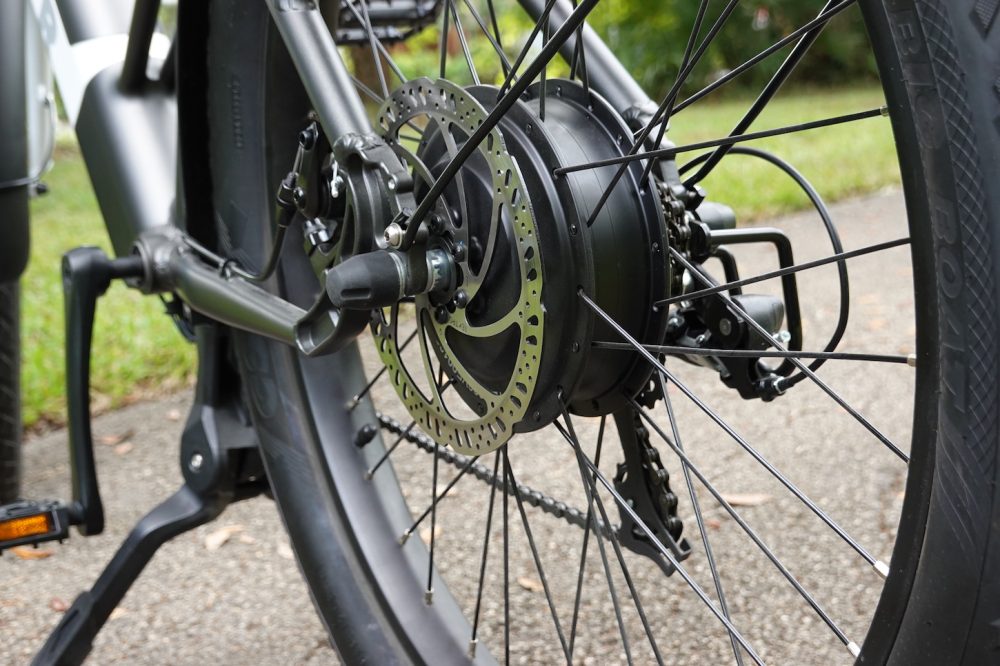
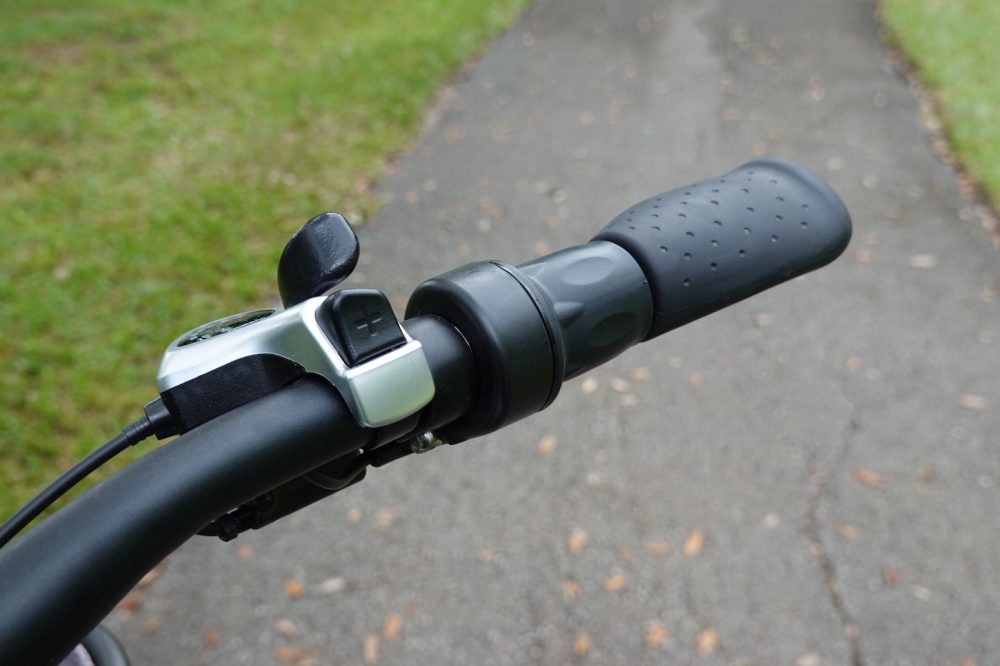
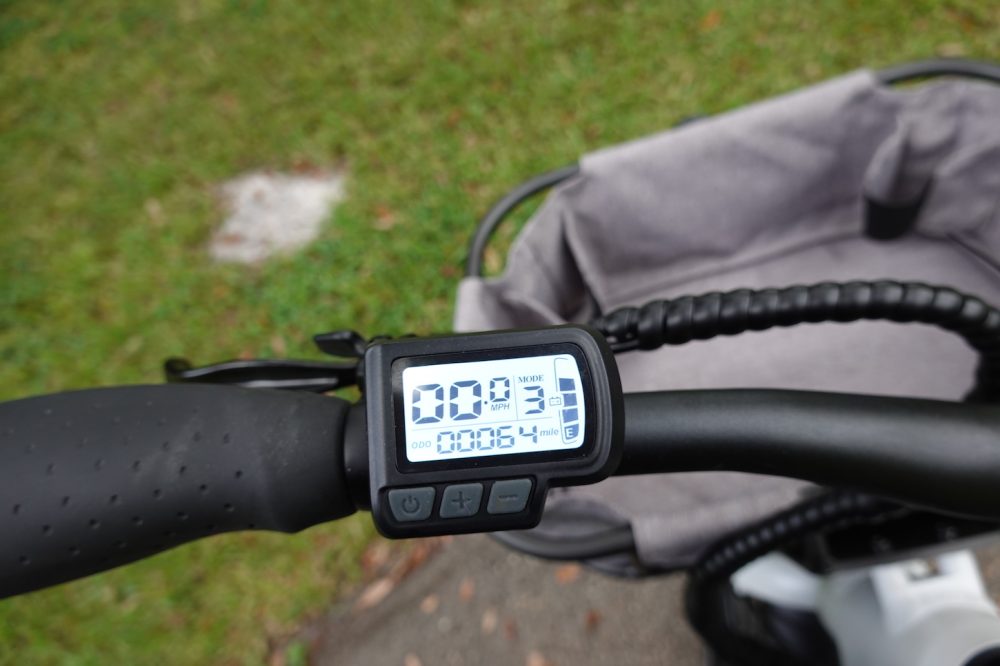
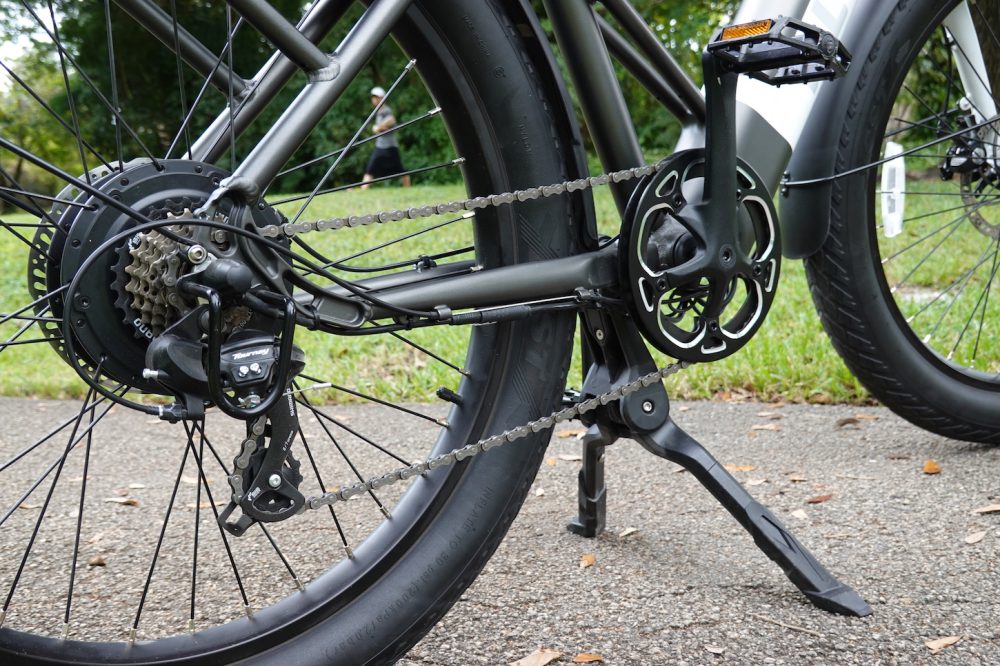
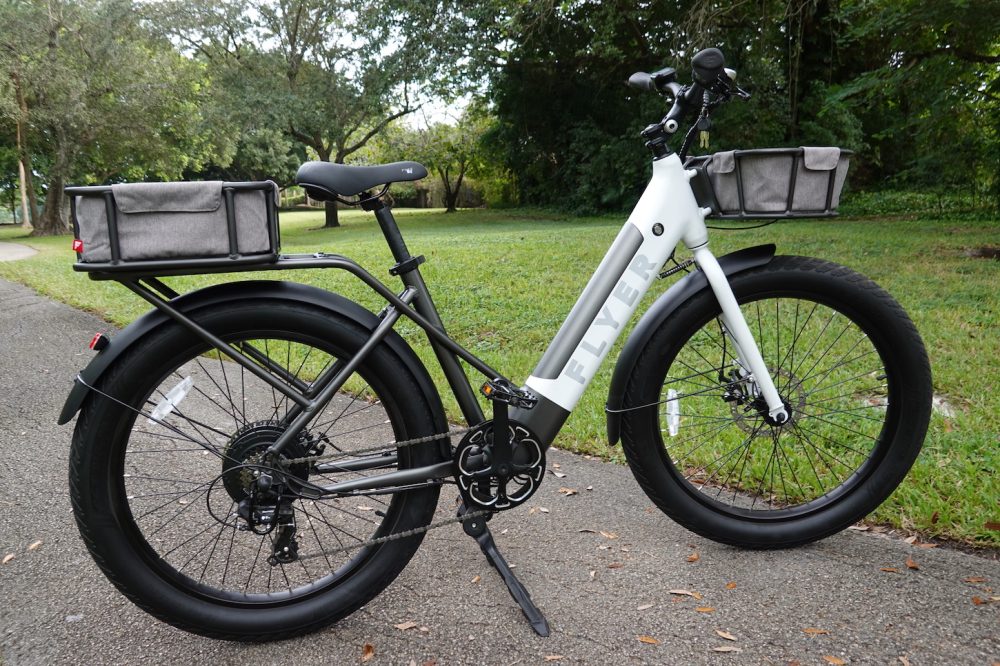
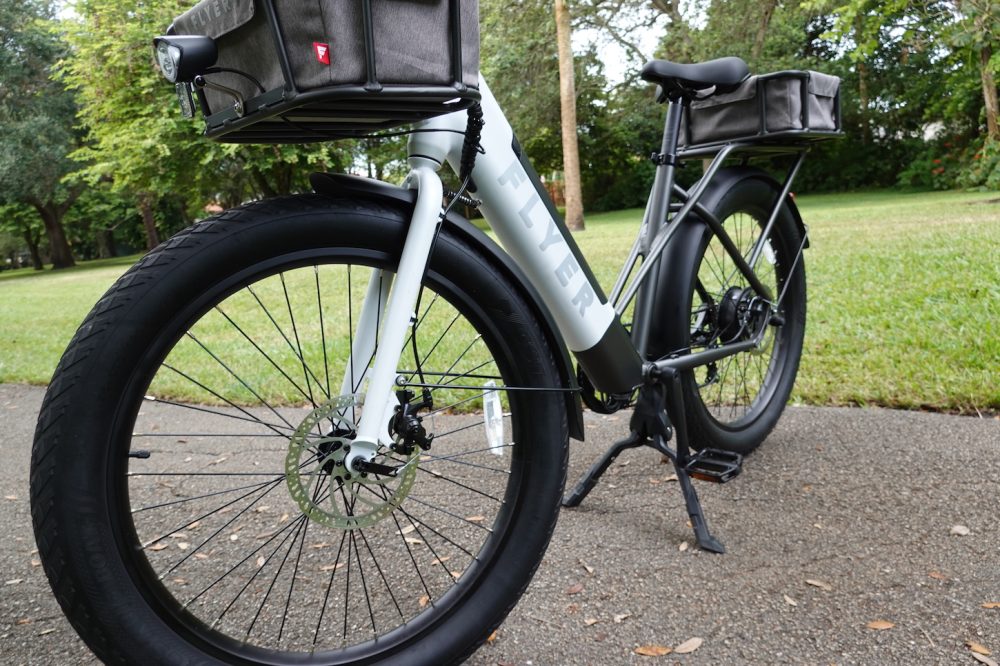
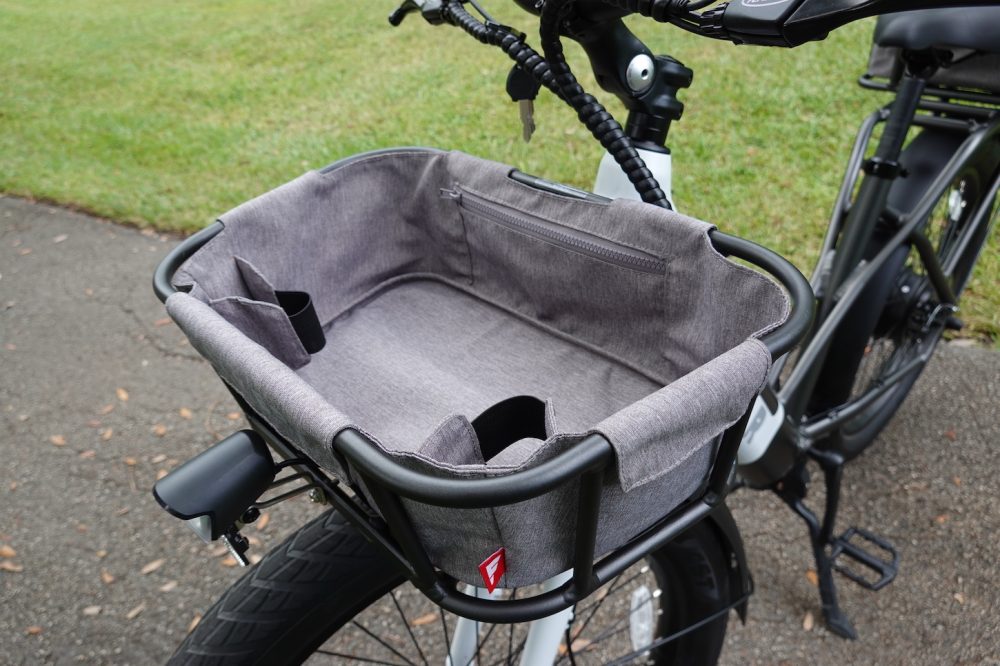
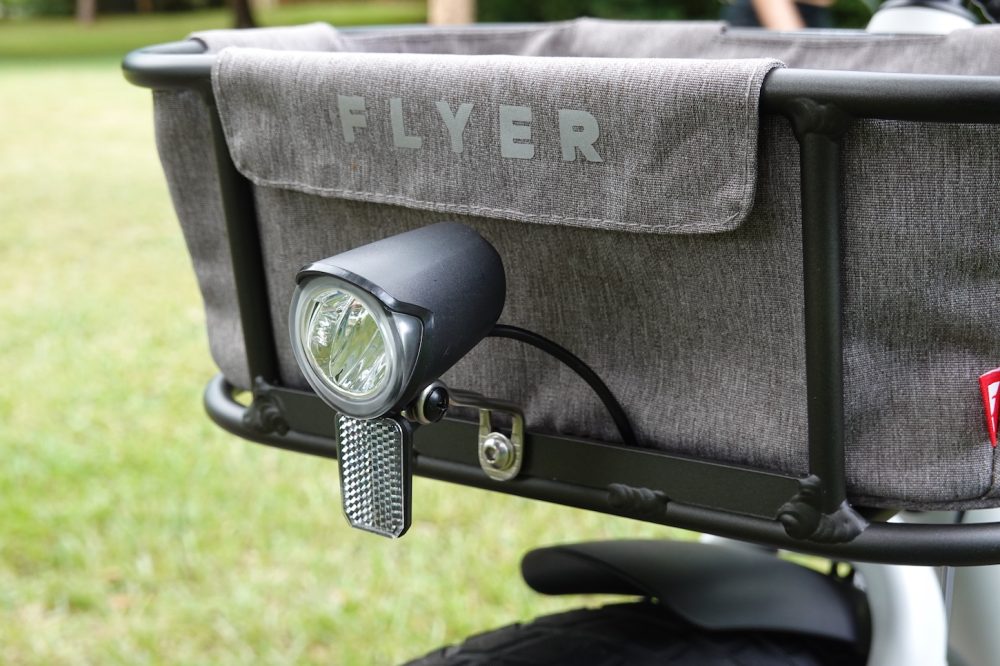
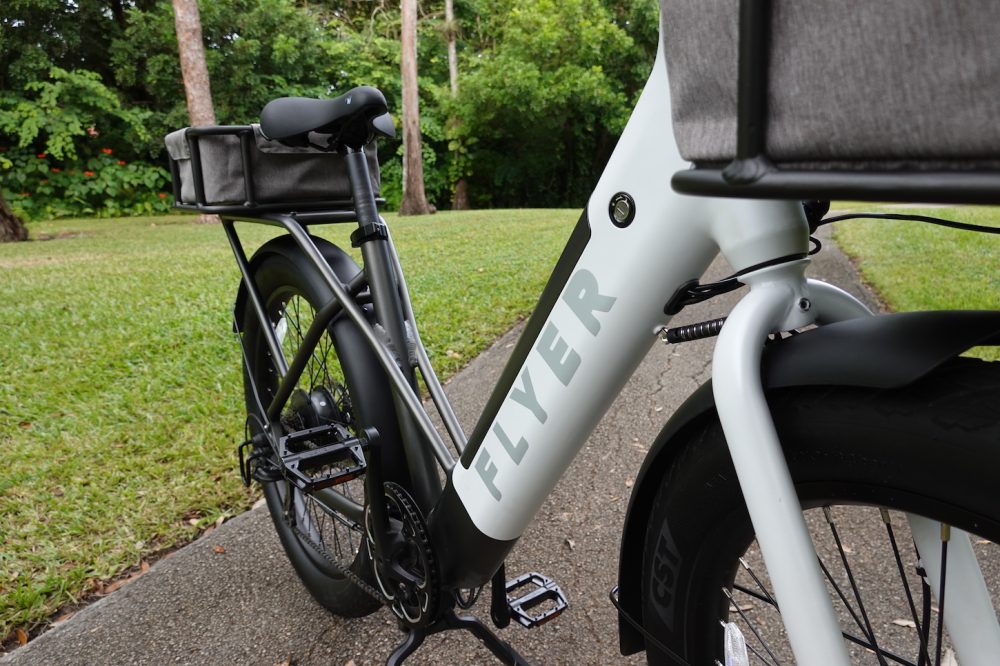
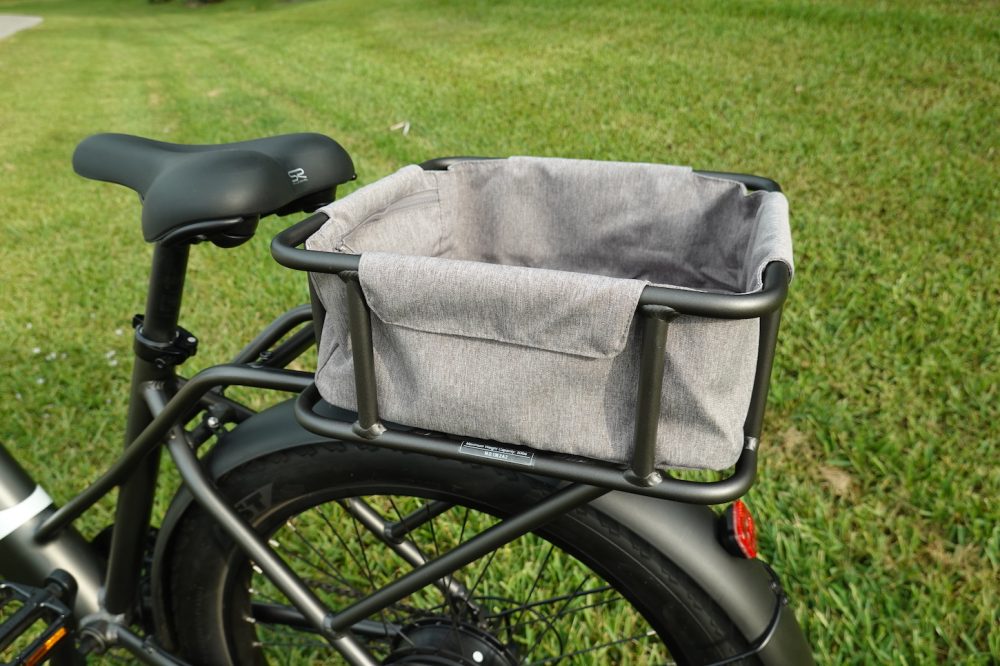
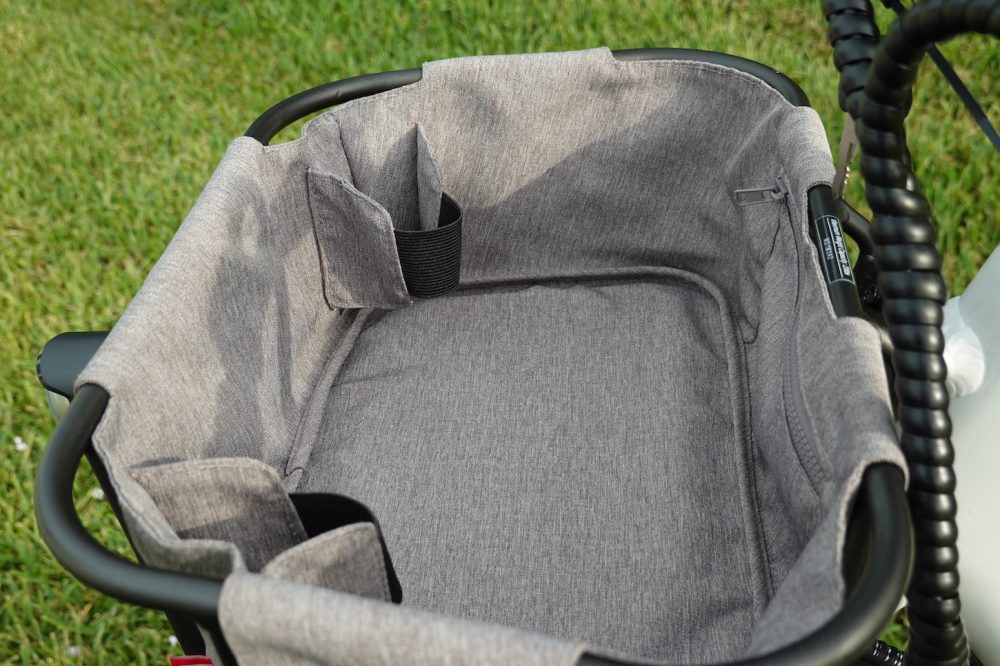
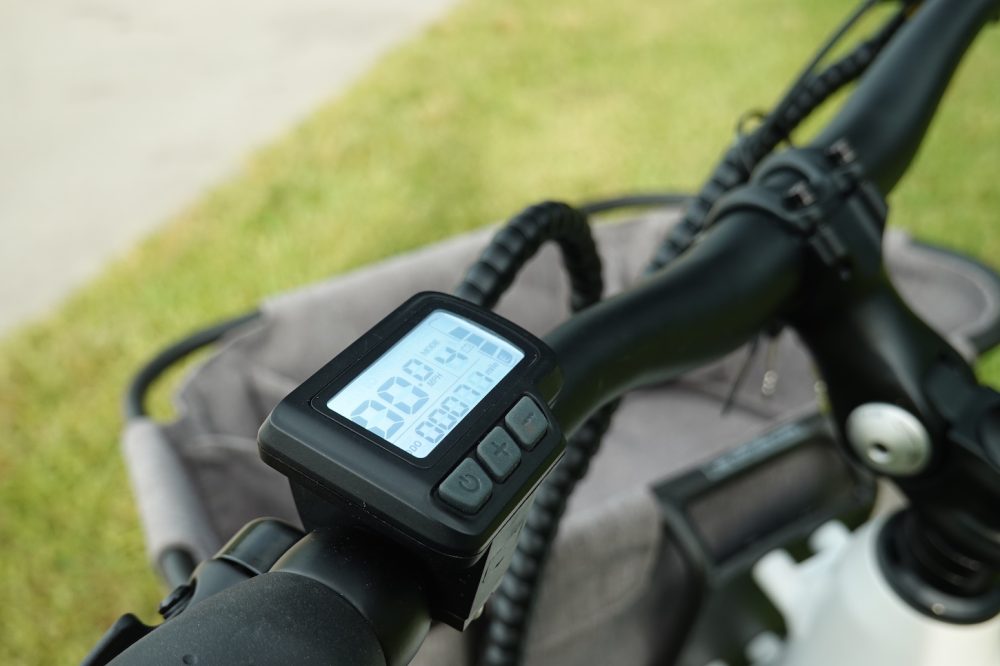
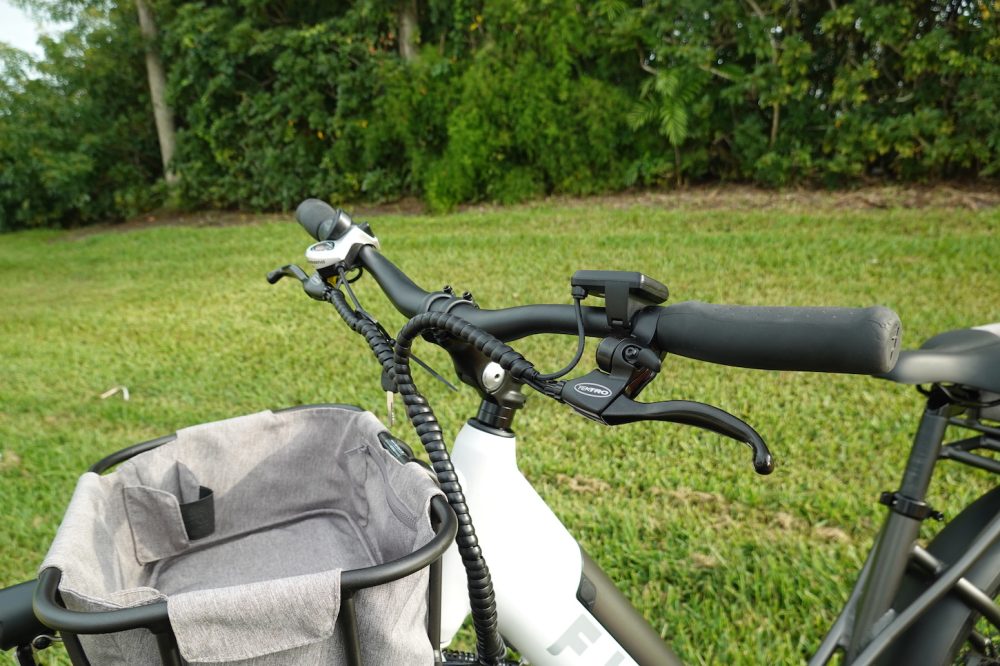





Comments